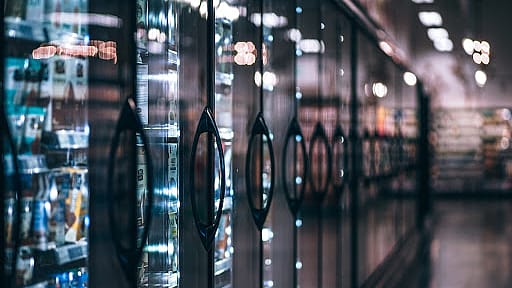FMCG outlook: Oil and rupee hold the key
ADVERTISEMENT

The worst is over for fast-moving consumer goods (FMCG) companies if their June quarter numbers are anything to go by. The sector has emerged from the twin blows of demonetisation and the goods and services tax (GST) and posted double-digit volume growth (at least most of the companies did so) in the April-June 2018 quarter. But, how long will they sustain it going forward?
The year has started well for the fourth-largest sector of the economy with some green shoots in demand, especially from the rural areas. The prediction of a good monsoon for this year by the India Meteorological Department (IMD) also boosted demand, helping to bring the trade back to normalcy after the twin shocks of GST and demonetisation.
December 2025
The annual Fortune 500 India list, the definitive compendium of corporate performance, is out. This year, the cumulative revenue of the Fortune 500 India companies has breached $2 trillion for the first time. Plus, find out which are the Best B-schools in India.
In the June quarter, HUL reported a 19% year-on-year rise in net profit to Rs 1,529 crore and a double-digit volume growth across its business segments. Net profit of Nestle India, the local arm of Swiss giant Nestle, during the quarter increased 50%, on the back of lower commodity prices. The New-Delhi based Dabur’s profit also increased 24.6% to Rs 330 crore, as its domestic FMCG business reported volume growth of 21% during the quarter.
The June quarter results of these companies showed that these firms benefitted from a low base due to de-stocking prior to the scheduled roll-out of the GST.
Companies like Hindustan Unilever (HUL), Nestlé India, ITC, Godrej Consumer Products Ltd, and Dabur, showed strong performance in profits and double-digit volume growth. In the coverage universe of IIFL, a brokerage firm, the profit after tax (PAT) for the sector grew 18.7% and sales grew 11.5% during the quarter.
In the past two years, all FMCG majors have ramped up their game with a slew of launches in the ayurvedic space, giving major competition to Patanjali, despite it getting a head start.
HUL revamped its Ayush Lever brand, and made inroads into south India; newly-acquired oil brand Indulekha also performed well in the central and northern market in the June quarter. According to a report by PhillipCapital, naturals, are growing more than two and a half times the company’s growth. Well, it's not just HUL; others like Dabur also reported a high volume growth of 21%, with categories like honey and chawanprash holding their own against rising competition.
“There has been some attitude change on the part of management in terms of how we respond to the disruptive aggressive competition (Patanjali) compared to the past. In the past, perhaps we were a little bit more concerned about defending profit; now we are completely committed to defending share and I think that is where the big difference lies,” said Sunil Duggal, CEO, Dabur India, during a post-results earnings call.
However, ayurvedic major Patanjali’s sales, after growing from Rs 446 crore in 2012 to Rs 10,561 crore in 2017, were flat. According to industry data, its sales volume grew only 7% during October-March 2018 and 22% in April-September 2017.
The demand from rural areas, which accounts for 45% of the total revenue of FMCG companies, has outpaced urban demand as the prediction of a good monsoon helped. Analysts are also upbeat about the continuing rural demand, on the back of an increase in minimum support prices, farm loanwaivers and increased government focus on farm income due to upcoming elections.
But all is not well. Companies will have to fight higher base effect in the next quarter, along with rising input prices. Prices of copra and crude oil have been at an elevated level and companies will keep a close eye on them. “Volatility in crude oil and currency-led inflation will be key watch-outs for us and, as we called out earlier, step-up in competitive intensity is anticipated,” said Srinivas Phatak, executive director, finance and IT, and chief financial officer of HUL, during a post-results earnings call.
